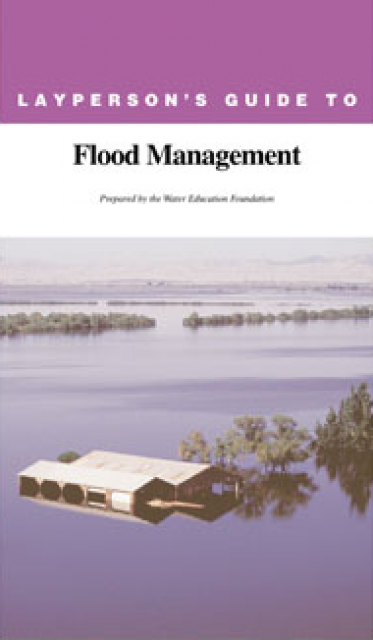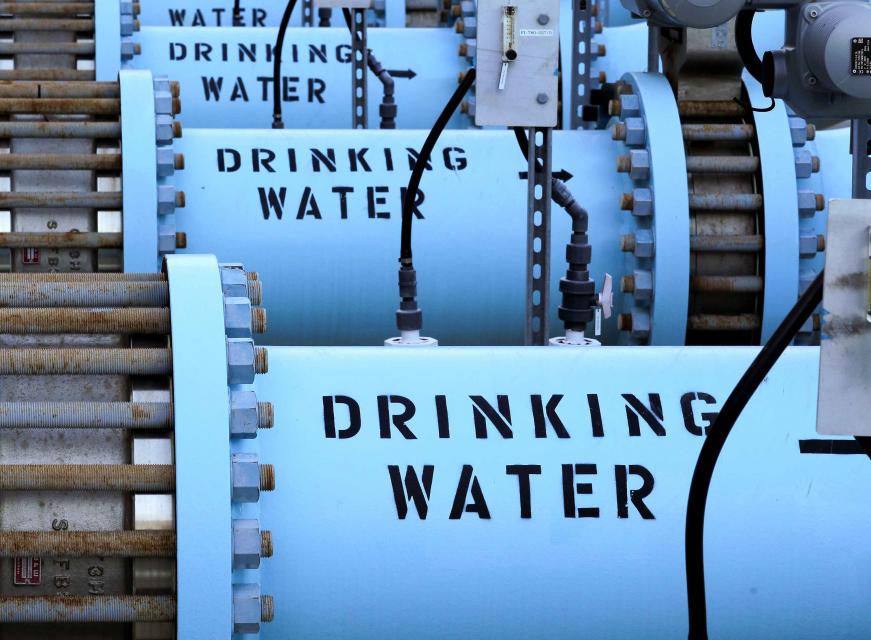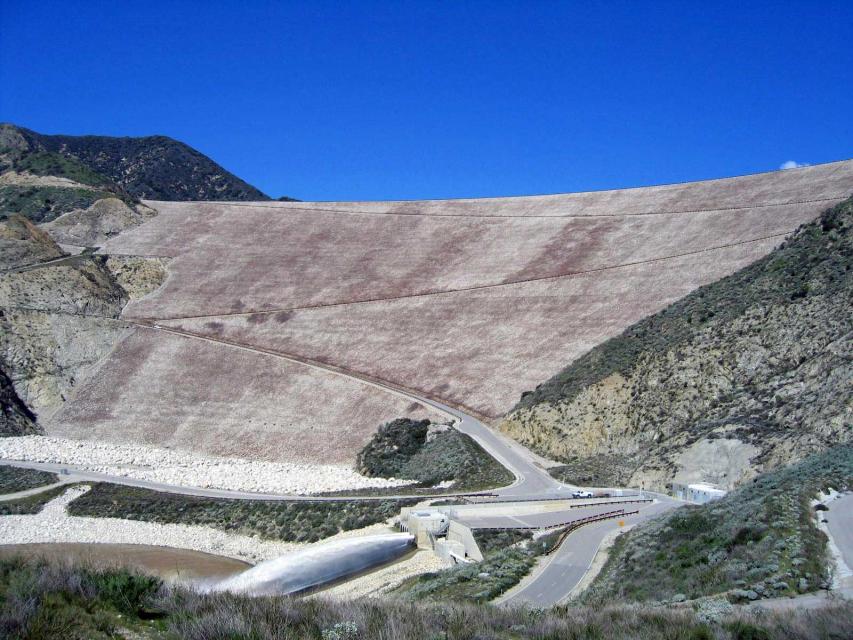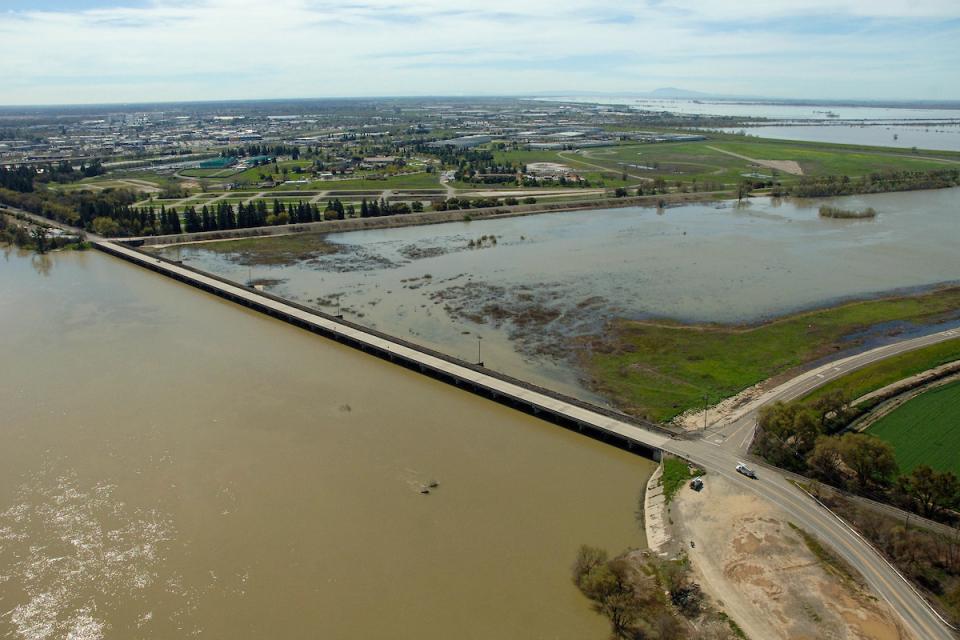Layperson’s Guide to Flood Management
Updated 2009
The 24-page Layperson’s Guide to Flood Management explains the physical flood control system, including levees; discusses previous flood events (including the 1997 flooding); explores issues of floodplain management and development; provides an overview of flood forecasting; and outlines ongoing flood control projects.
The 2009 version includes information on California’s new FloodSAFE effort, ongoing and expected levee repairs, and how climate change could affect precipitation and runoff patterns. Order in bulk (25 or more copies of the same guide) for a reduced fee. Contact the Foundation, 916-444-6240, for details.
















